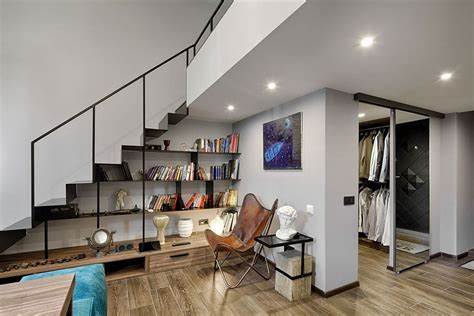However, if you are willing to ask a few questions, you may be surprised to find that your landlord is much easier than what your lease suggests. Here are six things you can do.
1. Have a pet
Pets are the destroyers of many renters and many landlords. However, even if your rental agreement says “no pets are allowed”, frank conversations with the landlord often help to change their minds. For example, when a writer recently moved into a new apartment, more than half a page of beautiful prints were used to strictly prohibit pets in the hotel. But the agent quickly called the landlord and approved a kitten in less than five minutes. Many landlord regulations on pets are designed to prevent pets from being harmed, so making a pet resume is a great way to reassure the landlord that your pet is unlikely to be a problem.
2. Add door or wall
Want to split a part of your rented apartment, or add a door to create another bedroom or living space? Some of our previous tenants have begun to add some of the attributes that significantly change their layout, especially in the warehouse style space. But you should apply for permission first, otherwise you may have to pay for renovation. Sometimes tenants, if they have a bedroom without a door, or more like a mezzanine, they will deliberately install a wall or a door or something to block the room, use it as a bedroom and / or study or Other things that suit their purpose.
Today's security systems are so advanced that they can run your home WiFi completely, eliminating the need for internal wiring to the house. This means that they are now able to be cautious renters. Many systems are application-based, and you can view your home when you are out or on the go. And because you don't need to install anything, you can easily package the system and bring it when you move to a new home.
4. Kitchen
Like the house and location, but don't like its old kitchen? Why not ask your landlord if they are willing to do all the legal work, are they willing to bear some or all of the cost of the upgrade? In fact, we have a tenant who wants a new kitchen, so he went to IKEA and did all the basic work for the homeowner. The owner said, "Yes, okay, it doesn't matter.
5. Hanging picture
Many landlords will allow you to hang photos or photo frames on some walls, as long as you have permission beforehand and agree to mend them when you move.
6. Whitewashed property
If you can't stand the color of the bedroom or living room wall, you can apply to the landlord for repainting. Although many landlords will refuse, some landlords will allow you to consult their color choices and have them professionally complete the painting.




